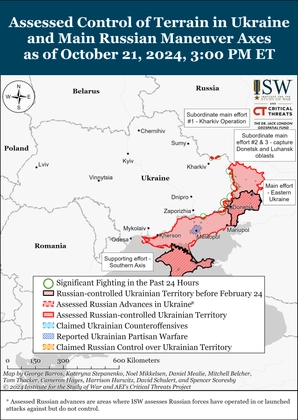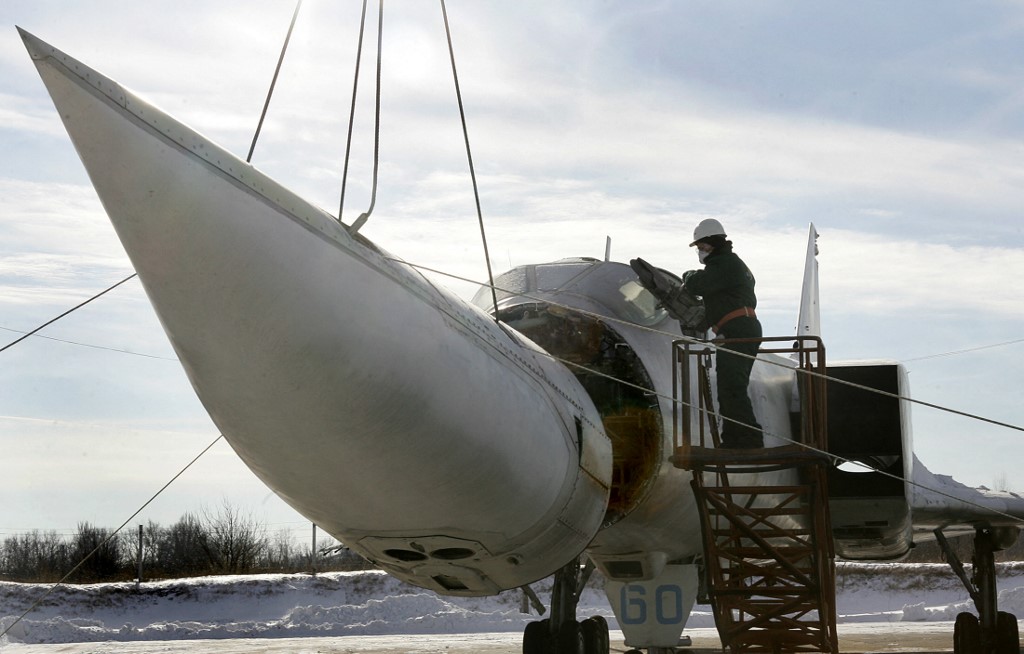The “St Petersburg Technologies of Detecting and Countering UAVs Conference 2024” was organized by the RuDrones competence center for unmanned aerial vehicles (UAV) technologies in cooperation with the Vector Research Institute, part of the State-owned Rostec corporation.
Andrey Tabekin, spokesperson for Belgorod Region Ministry of Digital Development said at the conference: “We [Russia] are now facing a new threat from jet-powered drones… and have opened a new chapter in our fight against the enemy.”
JOIN US ON TELEGRAM
Follow our coverage of the war on the @Kyivpost_official.
The majority of discussion at the summit centered on electronic warfare – detecting and jamming drones – but there were also a number of systems that focused on the physical prevention of drone attacks. Here are three such systems that, in your author’s humble opinion, cover the full spectrum between practical and “pie in the sky.”
The Vogan-9SP CUAS


Frontline Ukraine Cafe Offers Glimpse of Normality as War Rages
This counter-drone interceptor was developed by Russia’s Red Line company, a previously unknown player in the field of counter-unmanned aerial systems (CUAS). The Vogan is a kamikaze drone designed to bring down Ukrainian first-person view (FPV) attack drones that are continually taking out Russian troops and equipment on the battlefield.
According to a Red Line spokesman, once an enemy drone is detected using radar it is targeted using a laser designator. The Vogan-9SP which is driven by a pusher-propeller takes off from an angled ground launcher. It can accelerate to 200 kph (124 mph) and is guided until it gets close to the target. Then it’s claimed, it finishes the attack semi-autonomously.
The precise final guidance method was not declared but it is suggested that the target is no longer laser designated during the terminal phase of the attack. The optics necessary to lock onto the target itself is well within current technology capabilities. The combination of radar, lasers and terminal optics is an unusual technique for this use.
The ZVeraBoi counter-drone buggy
The vehicle was put together by members of an air defense battalion from Russia’s Southern Battlegroup, according to the battalion commander with the call sign Krivich.
Fitted to the front of the vehicle is a turret on which two 7.62 x 54mm PKT machine guns and an improvised six-barrel muzzle-loading shotgun placed between them are mounted. The front turret also includes a thermal imaging sight, the images from which can be viewed on a monitor in front of the passenger seat. Turret control and operated by the front seat passenger.
A second turret that can rotate 360 degrees has six coaxial AK-12 5.45×39mm assault rifles that are able to fire simultaneously. Fitted to the sides of the vehicle are six modified shotguns for which the Russian servicemen have produced special ammunition made up of 7.62mm bullets glued together with wax.
The buggy is said to be currently undergoing a final round of testing before being sent to the front line.
The “Pervyy Dirizhabl” Barrier System
The airship company Pervyy Dirizhabl (First Dirigible) displayed its concept for an anti-drone system called “Barrier” which is based on the use of barrage balloons.
The company say the idea is based on the use of barrage balloons used in World War I and World War II as obstacles against air attack. In that system, a network of tethered balloons was positioned at heights of up to 1,500 meters (5,000 feet) around key targets from which long lengths of chains hung down. The aim was to force attacking aircraft to fly high, making them less accurate, and bringing them to the optimum height for anti-aircraft guns of the time.
The Russian 21st-century version uses a network of balloons from which a net up to 250 meters high is suspended to create a barrier against enemy drones. The balloons displayed at the conference could hold a 30-kilogram (66-pound) payload which suggests either the need to use a large number of balloons to hold the net or using a very light net.
The company had previously suggested in September 2023 that a system of barrier balloons with suspended cables to protect against cruise missiles or drones used to attack oil depots or refineries.
You can also highlight the text and press Ctrl + Enter






